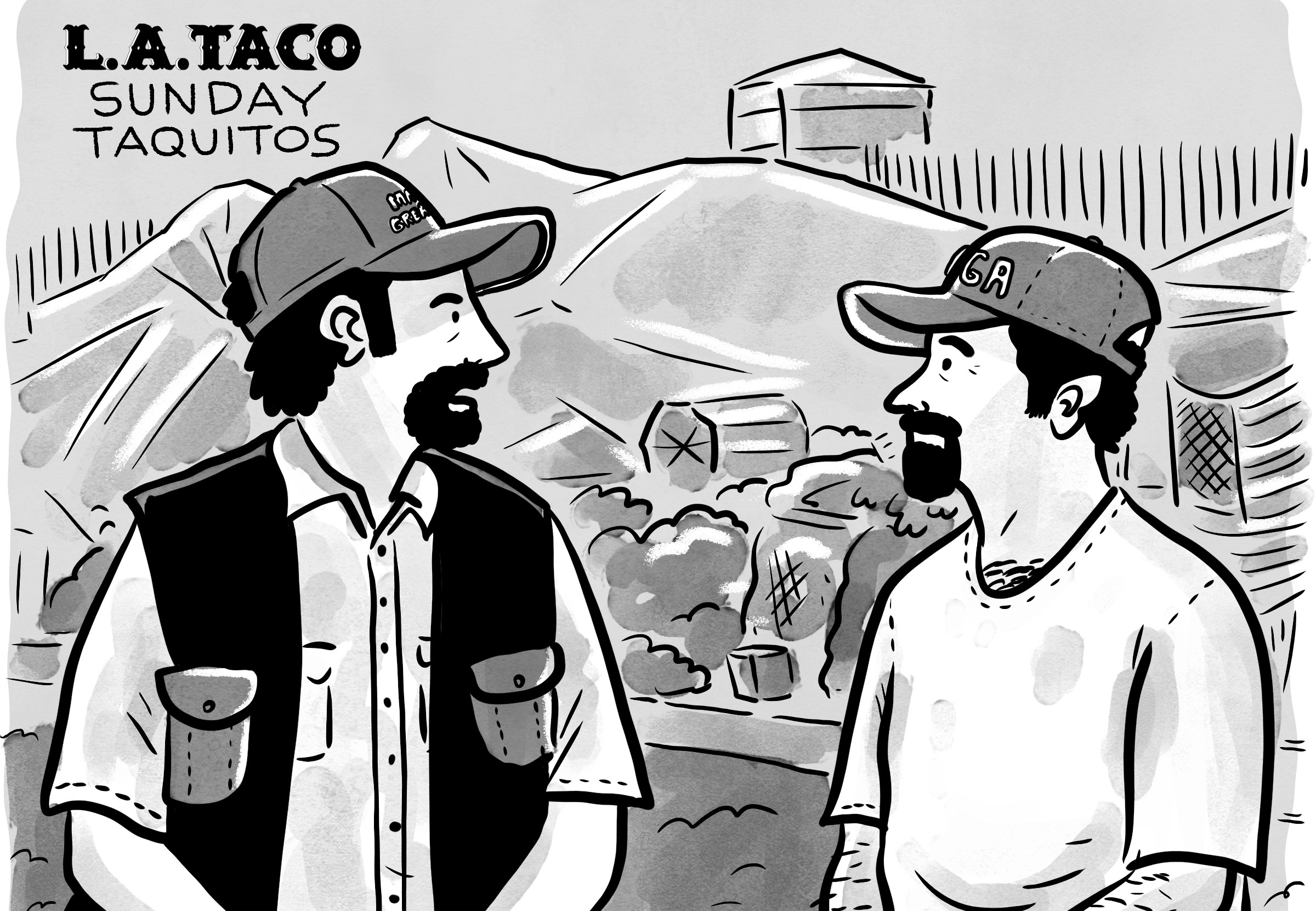All that remains of the homeless encampment that sparked last week’s Skirball Fire in Bel-Air is a stove, a pot, a grater, and the remains of a boombox.
Its residents or transient users had shrouded the camp in brush and leaves, making it “a little obscure,” one homelessness official told the L.A. Times.
The presumed cooking fire that sparked the blaze originated at a camp hidden a few hundred feet away from passing motorists on the 405 freeway. And it is prompting soul-searching once more over the city’s homelessness crisis.
The fire began before dawn on Wednesday (Dec. 6), and burned for a week. It destroyed six homes in Bel-Air and forced the evacuation of hundreds of people.
Schools and colleges including UCLA had to close for a day, and although the fire was very small compared to the monstrous Thomas Fire up north, the Skirball blaze made for some very cinematic visuals on the day it hit.
LA on fire! On the 405 this morning. Praying for all the people who have lost their homes! 😢🙏🏽#fires pic.twitter.com/PGLG3FcDVp
— Kara Duncan (@KaraAnneDuncan) December 6, 2017
“What makes this even more tragic is the tragedy of homelessness,” L.A. City Councilman Paul Koretz told City News Service. “And the fact that we’ve got tens of thousands of people living on the streets and it means things like this will happen until we get more of a handle on the problem.”
The fact that the Skirball Fire started from a hidden place where the poorest of the city’s people were finding shelter and nourishment in the brush is emblematic of how deep the problem is.
City Hall under Mayor Eric Garcetti has seen homelessness figures rise; the annual county-level count in May found that figures rose by 23 percent. The year before, the homeless population grew by only 6 percent, meaning the problem is getting a lot worse, a lot faster.
For regular Angelenos, visually on the streets it just seems like homelessness is more widespread than ever.
More people are living in their vans and cars, the county count also says. Sidewalk or bridge encampments that are tolerated by police are now practically permanent structures in neighborhoods all over the city.
As Gale Holland has laid out in the LAT (here and here), Los Angeles is terribly mismanaging homelessness services monies. Millions of dollars in a “street strategies” campaign for this year were gobbled up by the city’s bureaucracy, for example.
The figures are damning because it’s been more than a year since L.A. voters passed Measure HHH. The measure approved a $1.2 billion bond to tackle homelessness with 10,000 new housing units for homeless people.
A year later, there have been few concrete results from Measure HHH. Garcetti, who is still waaay too coyly denying he is running for president, is ultimately the figurehead of a municipal administration that by any measure appears to be moving too slowly to seriously combat the crisis of homelessness in Los Angeles.
Let's see if the Skirball Fire’s tragic origin spurs response efforts into emergency mode.







